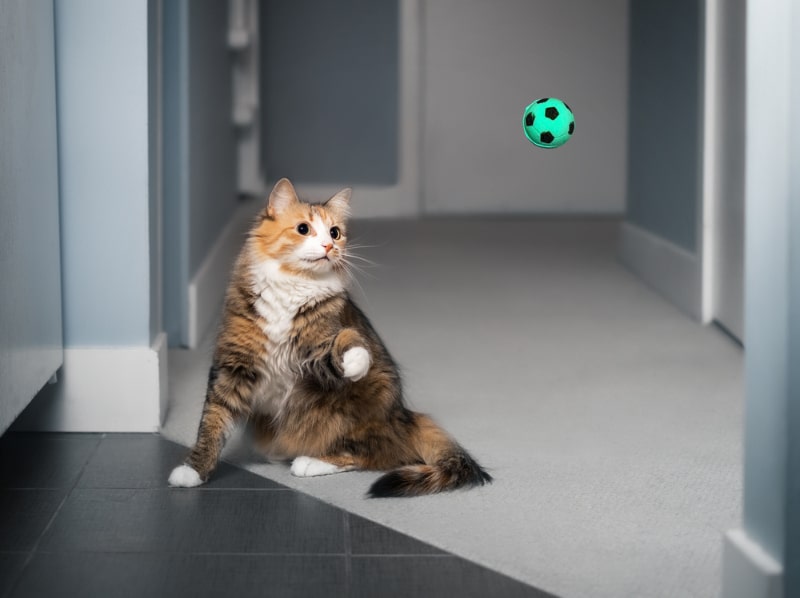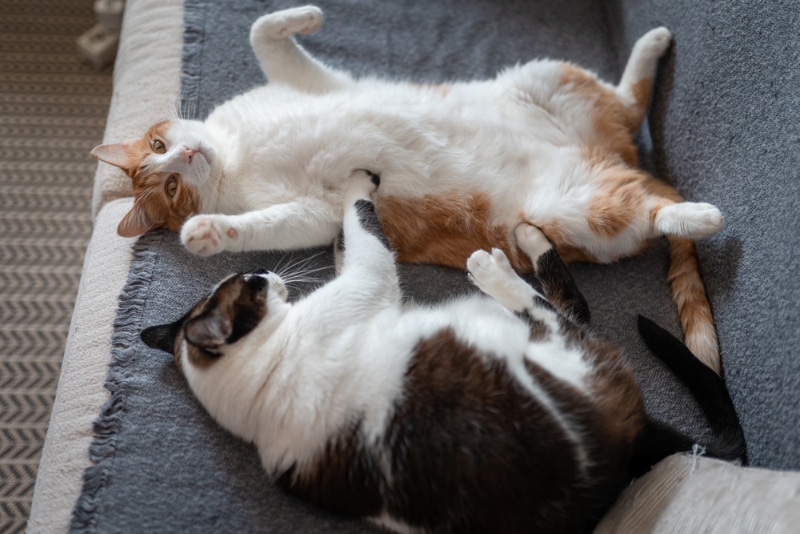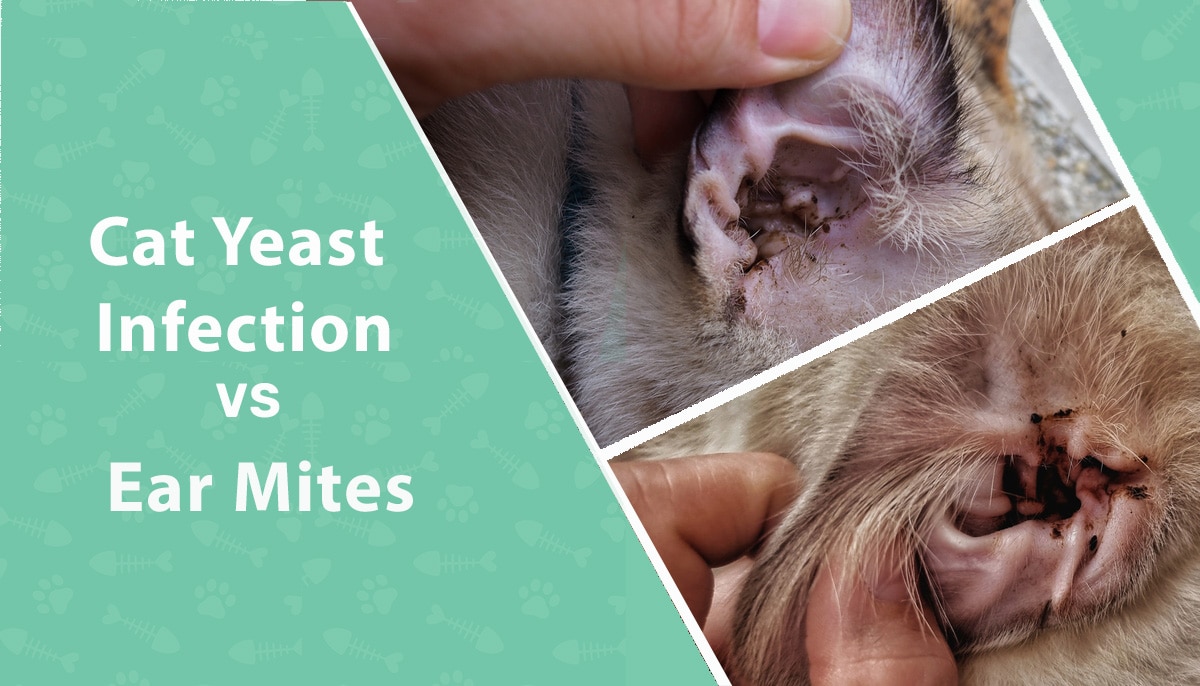Providing toys for your kitty to play with is a non-negotiable part of cat ownership. They need to play not only for mental and physical stimulation but also to enforce good behavior and prevent behavioral issues. However, not all toys are created equal, and some are downright dangerous. Read on to find the safest and most hazardous types of toys for cats.
The 7 Dangerous Toys for Cats
Let’s start by investigating some of the most dangerous toys and toy components for cats. As you’ll soon find, many of the things your kitty likely finds most attractive are often the most hazardous.
1. Toys With Strings
Cats are voracious players and can easily destroy their toys. The string sometimes found on toys such as wands can become an ingestion hazard if it becomes detached. One end of the string can get caught under their tongue or around a tooth, and the other end can become swallowed, causing potentially fatal obstructions in the gastrointestinal tract.
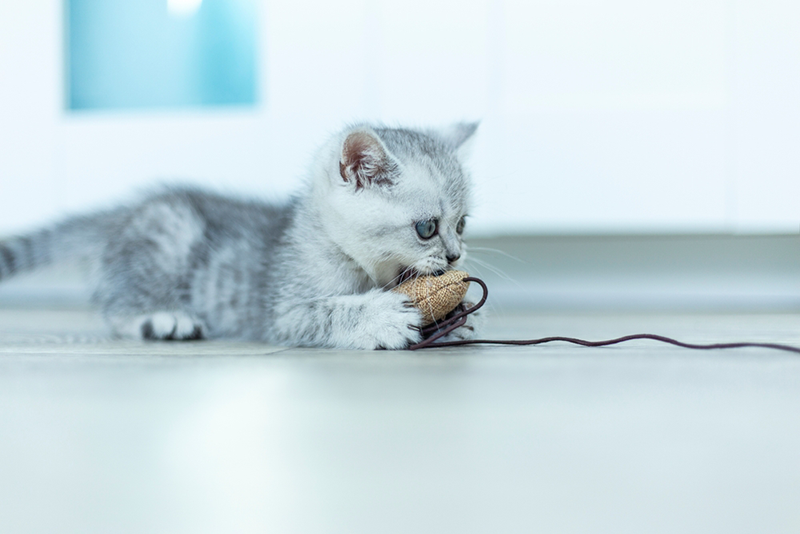
2. Toys That Dangle
Toys that are meant to dangle off the edge of a table or a doorknob can present an ingestion and strangulation hazard. If the string is long enough, it can get wrapped around your cat’s neck or paws with potentially fatal consequences.
3. Small Toys
Small toys, such as balls, can pose an ingestion risk. Cats can swallow them whole before you even realize it has happened. These toys won’t always be vomited up; instead, they may travel down the intestinal tract, where they can cause obstructions that require surgical intervention.
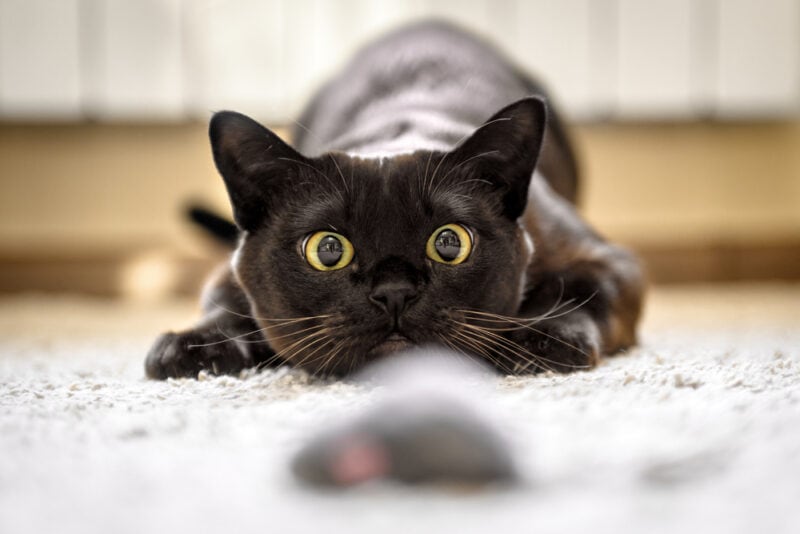
4. Feather Toys
Cats are particularly fond of feather toys as they’re connected to their natural hunting instincts. However, as enticing as they are when used on toys, they can pose several risks. If the feather detaches from the toy, it can cause choking, and the sharp quills may cut your cat’s mouth. If swallowed, they may become lodged in the stomach or intestines.
5. Toys With Dislodgeable Batteries
Battery-powered cat toys must have a lock on the battery compartment to prevent the batteries from dislodging. While the Pet Poison Helpline says most swallowed batteries pass through without issues, this is not always the case. If your kitty damages one to the point where it causes leakage or swallows one whole, and it becomes lodged in the airway, the picture changes rapidly.
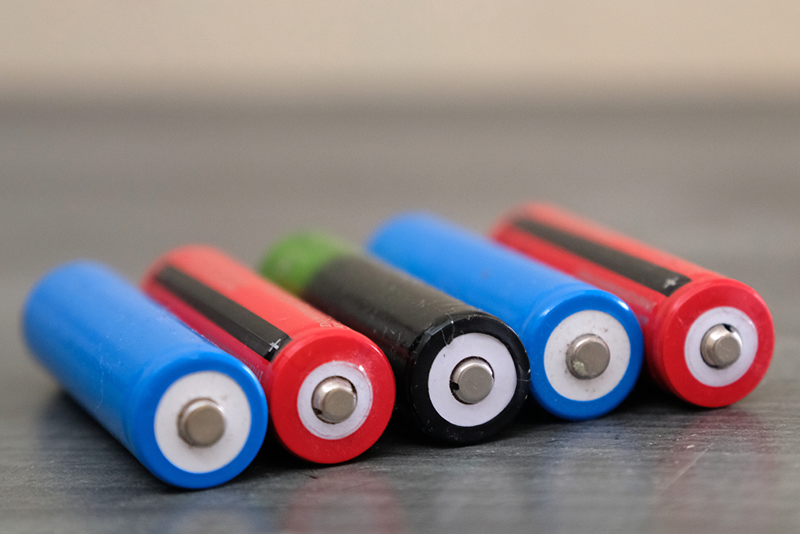
6. Pipe Cleaner Toys
Many well-meaning cat owners will DIY their own toys by using things they already have at their disposal. You might have wound up at our site today because you Googled, “Are pipe cleaners safe for cats?” and you may have figured out by now that they sadly are not.
Pipe cleaners may seem like the ideal toy component as they’re colorful, eye-catching, and bendable, but these should be avoided at all costs. Pipe cleaners are made of wire, so their ends are very sharp, which can cause perforations in your cat’s gastrointestinal tract and lacerations in their mouths.
7. Toys That Aren’t Toys
Any cat owner can tell you that the simplest things can entertain cats. This is why so many prefer the packaging their expensive playthings came in versus the actual toys. However, many of the makeshift toys your cats find around the home are incredibly dangerous. Ponytail holders, rubber bands, yarn, and Q-tips all make popular toys if your cat can get their paws on them, but they’re all potentially dangerous. Cats love the crinkling sound of plastic bags, but they can become a suffocation hazard.
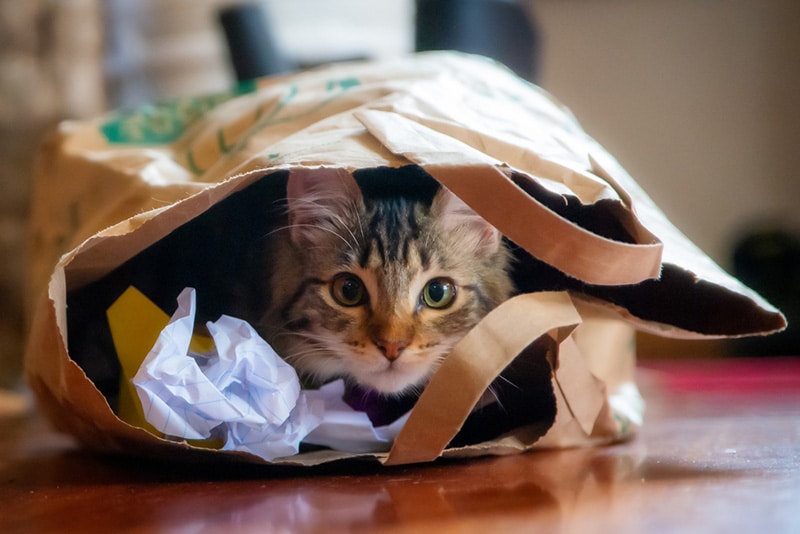
How to Get the Most Out of Your Cat Toys
- Rotate the toys. Only give your kitty access to a handful of toys and rotate them out weekly. This will keep them interested in the toys you have and prevent boredom. However, if your kitty has a “comfort toy” that they snuggle with or play with daily, you might want to leave that one out all the time.
- Try different types of toys. Not all toys are made to be played with identically. Some are meant to be chased, and others kicked; some are supposed to be “hunted,” and others snuggled. Try to provide a toy of each type to ensure your kitty won’t get bored.
- Play with them. Set aside time each day to play with each of your cats. This will not only strengthen your bond, but it’s totally fun for you, too.
- Cat-proof your home. If you know your kitty is attracted to the “toys that aren’t toys” around your home, like ponytail holders or rubber bands, you’ll need to put in some work cat-proofing your home. Removing anything that your kitty may decide is a toy will encourage them to use their actual toys.
 Final Thoughts
Final Thoughts
Supervision is key to a safe and fun playtime for your cat. You don’t need to throw all your wands and dangle toys away just yet. Your kitty can still play with these toys, but you need to be close by to supervise them during play. Keep these potentially dangerous toys in a safe spot after play sessions to ensure your kitty cannot reach them.
See also:
Featured Image Credit: sophiecat, Shutterstock

